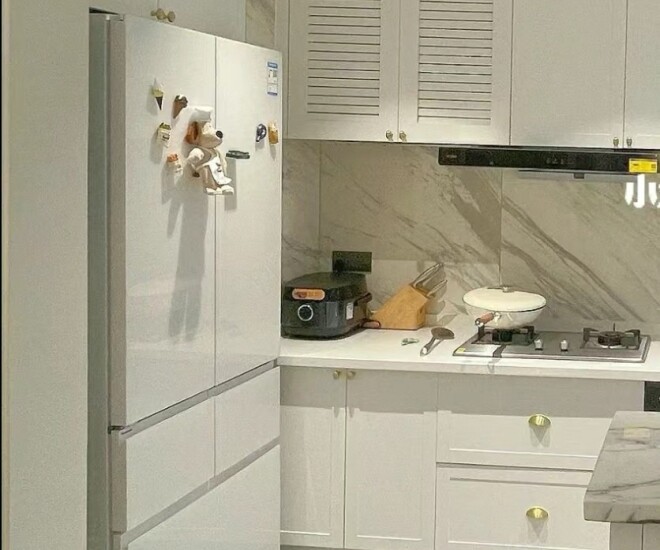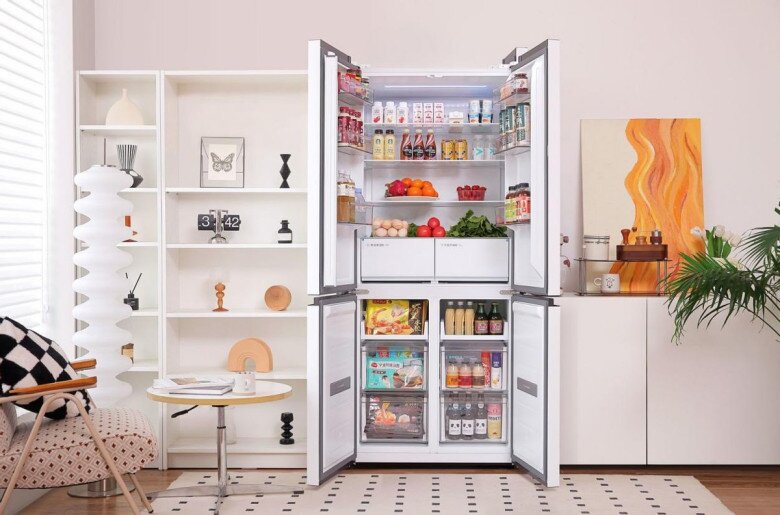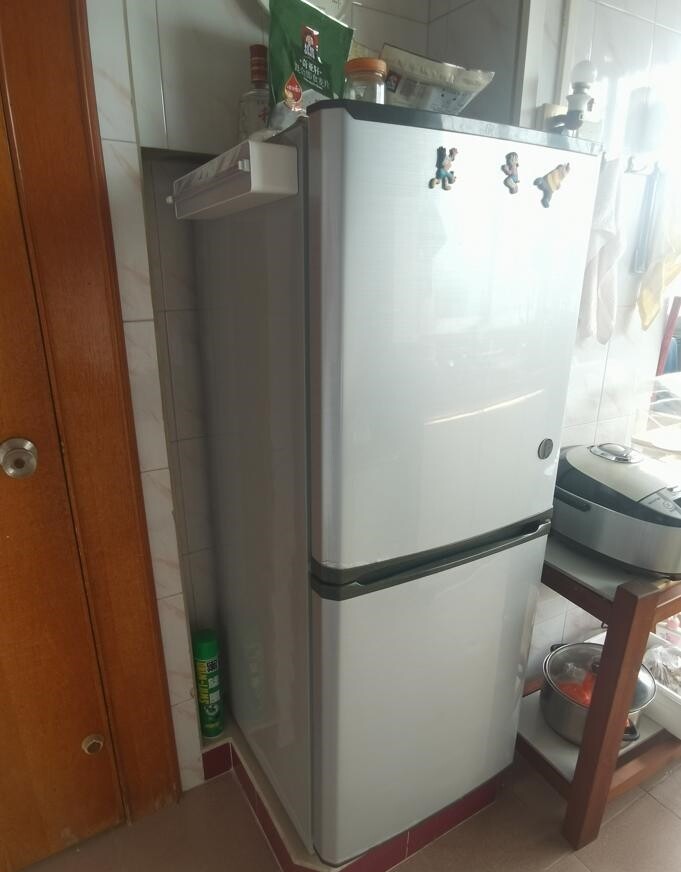After three less-than-ideal refrigerator purchases, I’ve identified five critical pitfalls to avoid when choosing a new fridge.

1. Avoid Refrigerators Under 500 Liters in Capacity
During my first purchase, I opted for a compact 300-liter fridge to save space and budget, thinking it would suffice for a single person or a young couple. However, as my family grew and our lifestyle evolved, the limitations became glaringly apparent. The fridge quickly filled up, especially during holidays or when stocking up on groceries, snacks, and beverages. This often led to food spoilage and frequent trips to the store—a hassle for busy households.
Regardless of family size, a refrigerator with a minimum capacity of 500 liters is essential. It not only meets daily needs but also ensures a more flexible and stress-free lifestyle.

2. Steer Clear of Glass-Front Refrigerators
Glass-front refrigerators exude modernity and style, but their sleek appearance comes with significant drawbacks. The surface is a magnet for fingerprints and smudges, requiring constant cleaning—a nightmare for those with cleanliness obsessions. Additionally, glass is prone to cracking from impacts and may even shatter unexpectedly, posing safety risks. Over time, oxidation can cause discoloration, diminishing its aesthetic appeal.
While aesthetics matter, practicality is paramount for a frequently used appliance. Opt for refrigerators with metal or durable finishes that balance style with long-term reliability and safety.

3. Skip Side-by-Side Refrigerators
Side-by-side refrigerators may look impressive, but their design flaws become evident in daily use. The typical layout—freezer on the bottom and fridge on top—often leads to odor mixing between compartments, compromising food quality. Opening the large doors releases significant cold air, causing temperature fluctuations and increased energy consumption. These units also tend to have higher electricity bills over time.
Instead, consider French door or four-door models. These designs offer better compartmentalization, prevent odor mixing, and are more energy-efficient, ensuring optimal food preservation.
Further Reading: Why Are More People Ditching Double-Door Refrigerators?
4. Avoid Outdated Refrigeration Technology
Despite advancements, some refrigerators still rely on outdated cooling systems. These models are less efficient, noisier, and prone to frost buildup. Within two years, they often struggle with uneven cooling, strange odors, and frequent food spoilage—making them a poor investment despite lower prices.
Modern smart refrigerators offer precise temperature control and remote access via smartphone apps, providing convenience and efficiency that outdated models cannot match.

5. Say No to Built-In Refrigerators
Built-in refrigerators seamlessly blend with cabinetry, enhancing kitchen aesthetics. However, their installation demands precision; incorrect measurements can lead to gaps or door obstruction. Their bottom-ventilation design often results in poor heat dissipation, reducing efficiency.
To avoid installation headaches and performance issues, built-in models are best avoided in favor of freestanding units that offer better functionality and ease of use.
































